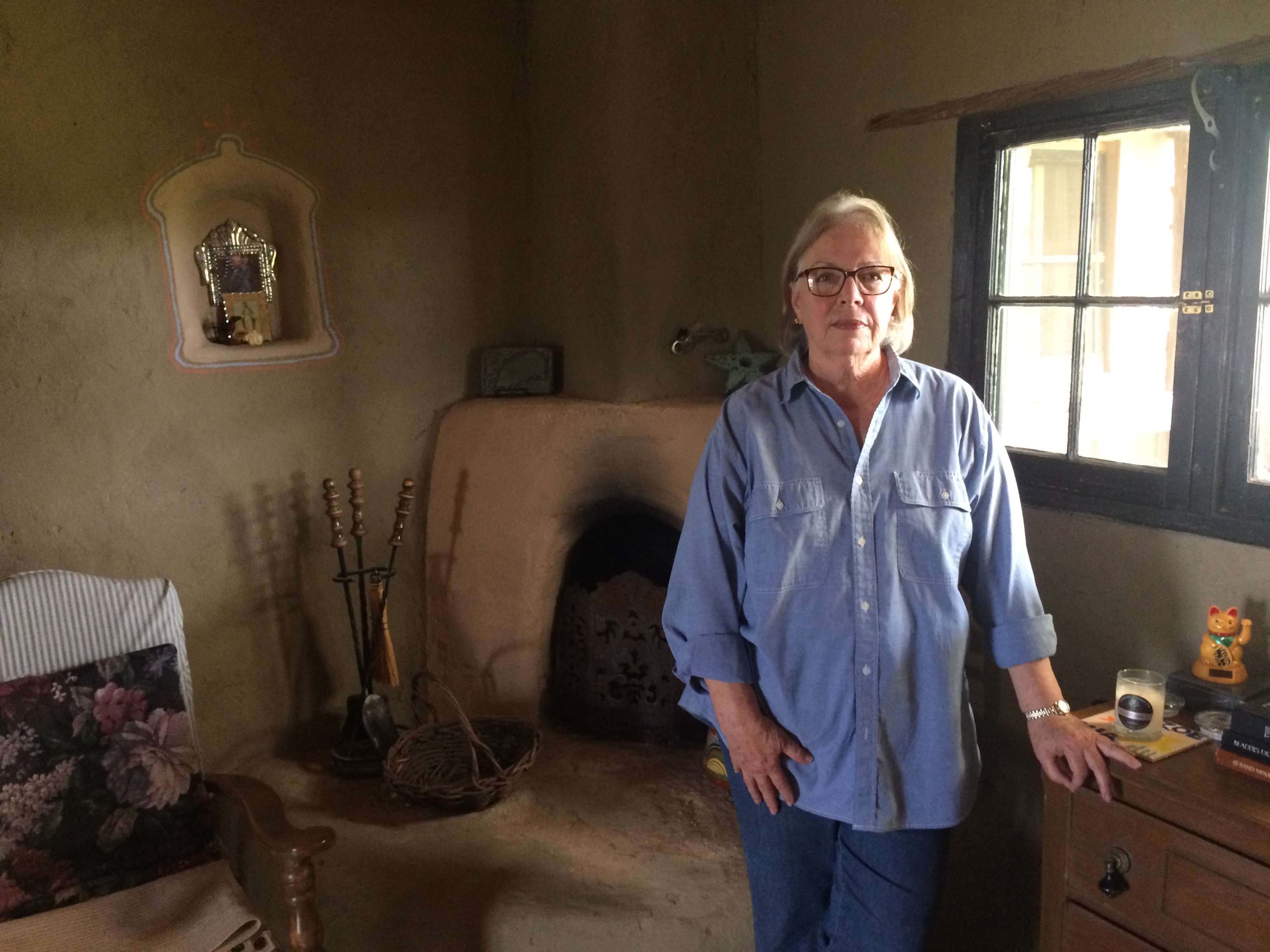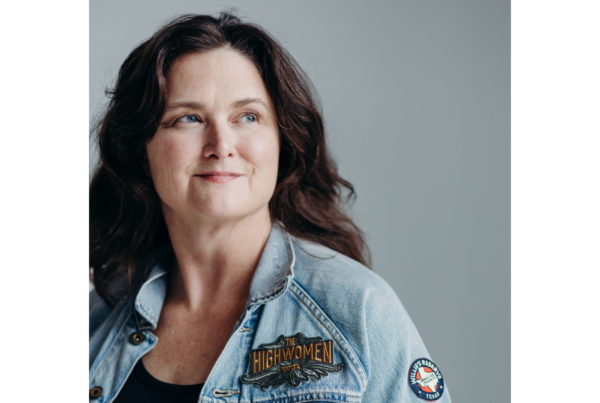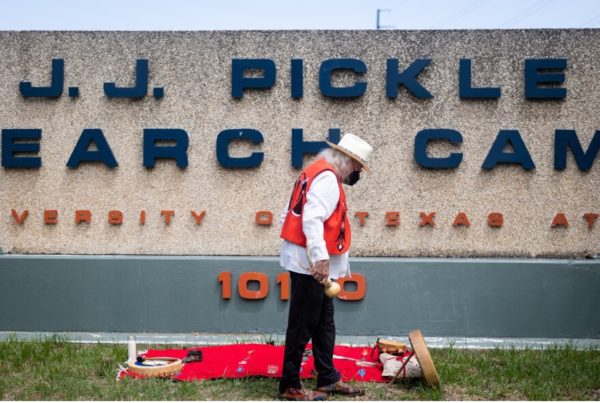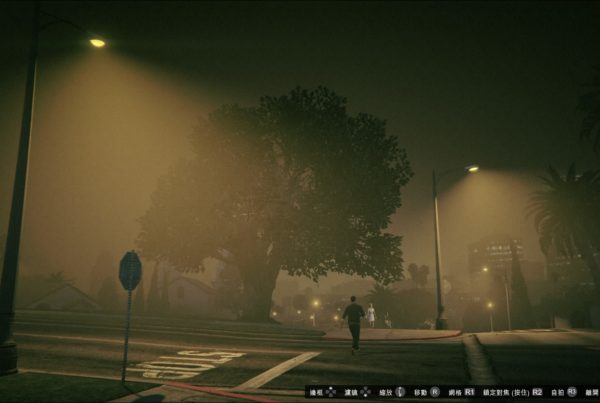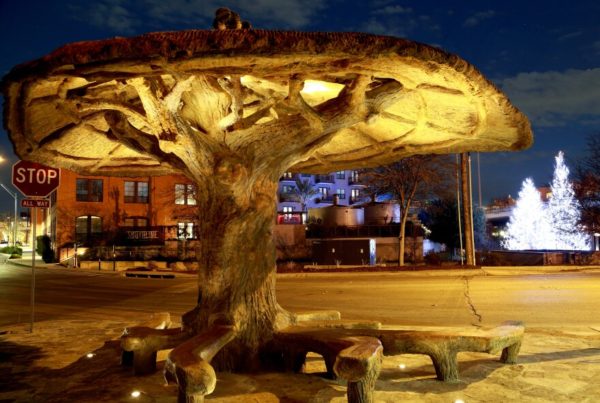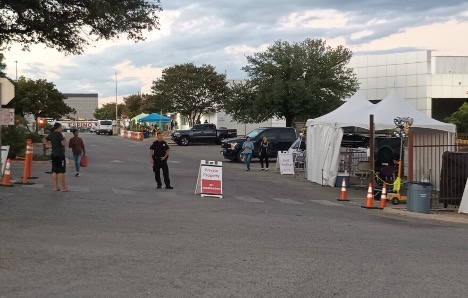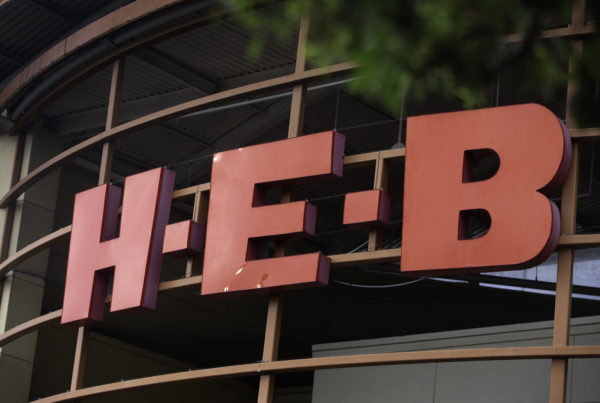Adobe is known as a simple, inexpensive, and reliable building material. It generally consists of some combination of mud and straw pressed into bricks. In the United States, adobe buildings are most common in the southwest – including far West Texas towns like Marfa, Fort Davis and Presidio.
In recent years, however, the material’s prevalence and the region’s growing popularity as a vacation spot have changed the value of adobe construction. Sterry Butcher, a writer for Texas Monthly and an adobe home resident in Marfa, spoke to the Texas Standard about the political dimensions of adobe. Listen to the interview above or read the transcript below.
This transcript has been edited lightly for clarity.
Texas Standard: This is a fascinating story in large part because you have some firsthand experience there. You bought a house in Marfa, what, back in the mid-nineties?
Sterry Butcher: Yeah, I think it was 1996. My husband, Michael, and I had met in Marfa a few years prior to that. One day I woke up out of the blue ether and I thought, ‘if we’re ever going to buy a house it needs to be right this instant.’ And those were good instincts. We bought a house with all the money that we had saved to go to graduate school, and it was $9,500, and it was just a shell of a house. It could hardly be called a house, but it was ours and we loved it and we worked on it for a long time.
And the beauty, it was made of adobe. So a lot of the repair work you could do, right?
That’s right. It was made of adobe. And neither while Michael nor I had any previous building experience with adobe, people just came out of the woodwork to say, ‘oh, well, you know, I’ve got some bricks of a falling down old building at my place. You could use some bricks to fill that hole.’
Well, this speaks to just how common it is to build with adobe in West Texas, right?
Yeah, Marfa has about 1,059 houses, and half of them are adobe.
Well, of course, the days when you could buy an adobe house in Marfa for under $10,000, those are long gone. But how did adobe become a controversial subject in Marfa?
Well, over time, Marfa has gone from being a little ranching community. But over time, there is also an art presence here, and that drew lots of new people to town. People were just really drawn to that sort of mix of ranching and high art. And over time, more and more folks just started buying houses, many of them as second homes. These turned into vacation rentals. So, you know, Marfa really had cache as just a neat place to be. And these adobe houses sort of spoke to the authenticity of the community. Many of them are not fancy. They kind of are what they are. There is a real appeal in that, in these thick walls and these square rooms and this kind of lack of adornment that they have.
But now there’s a push to what, increase taxes on adobe houses? What exactly is going on?
Well, what started to happen was back in about 2014, the state comptroller’s office noticed that the appraisal district’s valuation on Marfa houses were actually quite a bit lower than the market value. People back then might be paying 150, 200, $300,000 for a house that was valued by the appraisal district at 40 or 60 or $80,000. The state comptroller’s office told the appraisal district, ‘you all have got to make those two figures match up more.’ And so they started to raise the valuations accordingly. And then in 2017, they really were thinking about it and a consultant for the appraisal district realized that adobe homes really seemed more prized by buyers than homes made of any other material. So in their valuations, adobes were valued higher than houses made out of masonry or concrete block or frame.
Despite the fact that a lot of people bought these homes thinking, well, they’re basically mud homes. I mean, you know, they were considered rather simple structures.
Yes. And, you know, of course, most of Marfa’s adobes were built before about 1931, often by the families who occupied them. So, yeah, you had these people who were generationally here, many of them, a majority of them in fact, folks who were Mexican-American and then living in these simple, yet lovely, structures. And all of a sudden they’re being bought up by folks, most of whom are from out of town, as second homes and driving the values way, way up.
Yeah, exactly. Driving the values up, and that of course means more when it comes to property tax. And as we all know, property tax is rather high in Texas, what without a general income tax. So how are locals pushing back against the idea of taxing adobe at this higher rate, or are they?
Well, that first year in 2017, I think fully 85% of the people who owned adobe houses in Marfa, they protested their tax valuations and to varying degrees of success. Those tax protests that happen every summer, they continue to happen. What’s interesting is really, within the last year or so, folks who are coming in to buy properties in Marfa, they’re starting to care slightly less about adobe, although it is still preferred, but they also just want a house to move into whether it’s made of concrete block or wood. So valuations on other houses in Marfa are really coming close to those that are valued as adobes. You know, my family owns two little, very modest long-term rent houses that are frame. Those valuations went up by more than 100% this year.


